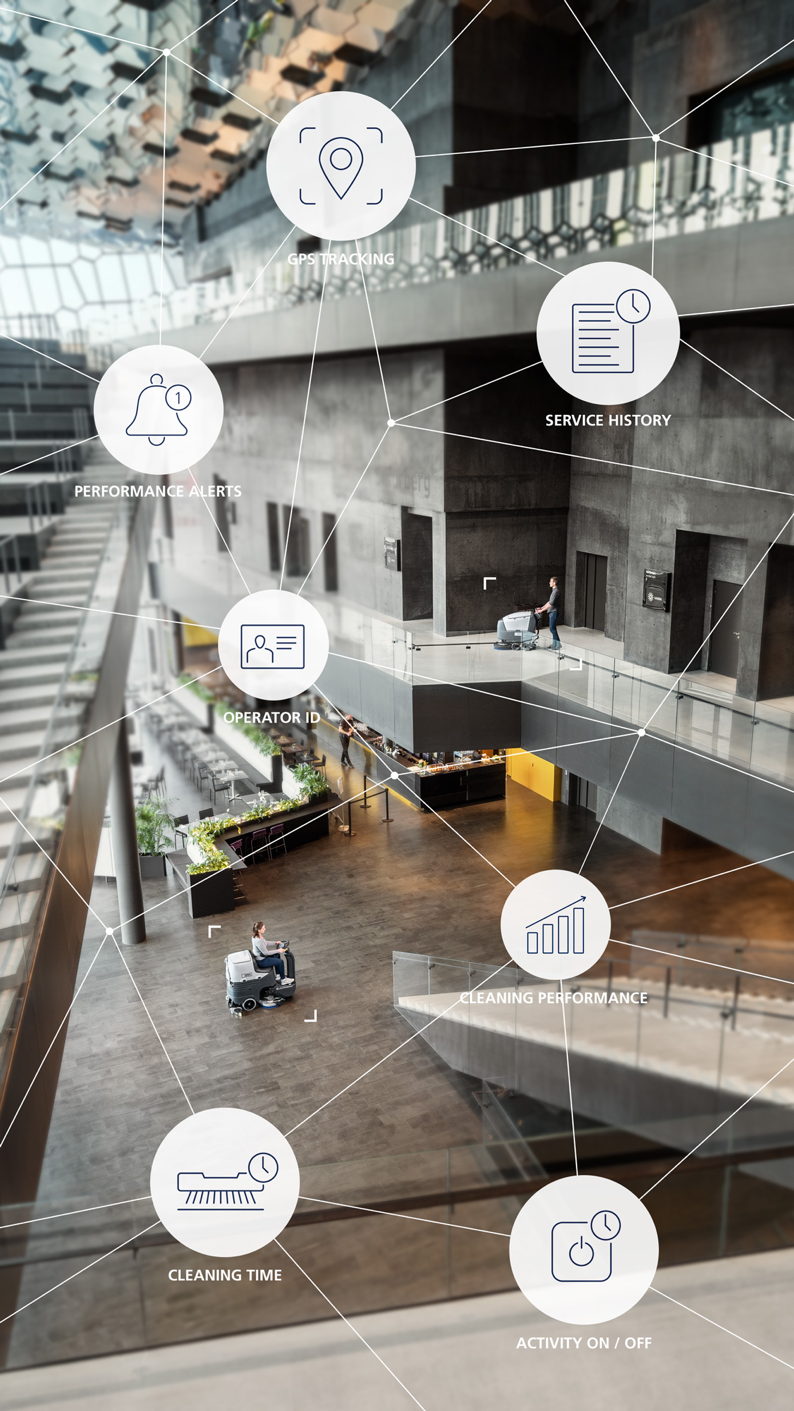 Cleanzine: your weekly cleaning and hygiene industry newsletter 26th June 2025 Issue no. 1168
Cleanzine: your weekly cleaning and hygiene industry newsletter 26th June 2025 Issue no. 1168
Your industry news - first
The original and best - for over 20 years!
We strongly recommend viewing Cleanzine full size in your web browser. Click our masthead above to visit our website version.
Are we making water a priority?
 Nilfisk reflects on how our industry can reduce excessive water consumption without impacting on cleaning results
Nilfisk reflects on how our industry can reduce excessive water consumption without impacting on cleaning results
Did you know that cleaning can account for up to 70% of a site's water usage? That statistic resulted from research carried out in 2013 from WRAP - the Waste & Resources Action Programme.
WRAP is an organisation dedicated to producing positive economic and environmental action. It identified the food and drink industry, including manufacturing and hospitality, as the highest industrial water user outside of energy and waste. This does not include water used within finished products.
It is estimated that approximately 50% of all water extracted in the UK in one year is used by businesses and that there is an annual growth in industrial water demand of between 3% and 7%. This equates to just under seven billion cubic metres per annum. If we could only save a fraction of that it would make a colossal difference.
WRAP's report - 'Water Minimisation in the Food & Drink Industry', states that while the overuse of water is common, it is possible to reduce water consumption without compromising hygiene. Its recommendations include using automatic floor cleaning equipment and pressure washers and carefully considering flow rates, pressure and chemical usage. Staff training, professional cleaning schedules and the re-use of waste water were also cited.
This is our arena; we are the people with the ability to make changes here. Improving the efficiency of water use within industrial and municipal sectors is surely critical? We have a responsibility to promote this cause - the question is: 'how?', and do we care enough?
While some cleaning equipment manufacturers are embracing the issue of water reduction, others are certainly behind the curve. Initiatives from the Nilfisk team include the Nilfisk EcoFlex system which has proved a game changer within the range. The system carefully controls water and chemical usage, facilitating a temporary boost of water, detergent and brush pressure for more aggressive spot cleaning. It provides for complete consumption control without compromising on cleaning performance and importantly also allows chemical free cleaning.
 Tests have shown that using the Ecoflex system on a professional scrubber dryer results in an average detergent saving of 50%.
Tests have shown that using the Ecoflex system on a professional scrubber dryer results in an average detergent saving of 50%.
The system ensures you will use significantly less water, detergent and energy, importantly productivity is increased as you maintain a faster one-pass cleaning schedule. There are also savings to be made on training as the system is so easy to understand and operate via a one touch control panel.
The Ecoflex system is therefore a perfect fit for WRAP's recommendations, effortlessly switching between water-only cleaning and different cleaning intensities at the touch of a button. No 'glug-glug' in sight, default start up mode is green, low-flow and detergent free.
You can do your own saving calculation, comparing Nilfisk's Ecoflex to conventional scrubber dryers here.
Another simple yet highly effective system from Nilfisk is SmartFlow where the solution flow of water and detergent is automatically controlled by the speed of the machine. Water consumption is significantly reduced, and it also prevents splashing.
So who is ahead of the curve?
Industries across the world are setting water reduction targets. The Food & Drink Industry alone has set a water reduction target of 20% by the year 2020. The cleaning industry may only be a small part of this but play our part we must. All efforts must be increased if targets are to be met and cost reductions are to be utilised. Everyone - not just selected manufacturers and contractors, should be addressing these issues now.
Further developments in autonomous cleaning will undoubtedly change the face of cleaning as increased productivity, data driven insights and the conservation of resources become key drivers for innovation and new product development.
Nilfisk isone of the world's largest manufacturers of commercial and industrial cleaning equipment, offering a complete and affordable solution to all cleaning challenges.
T: 01768 868995
W: www.nilfisk.co.uk
11th April 2019







